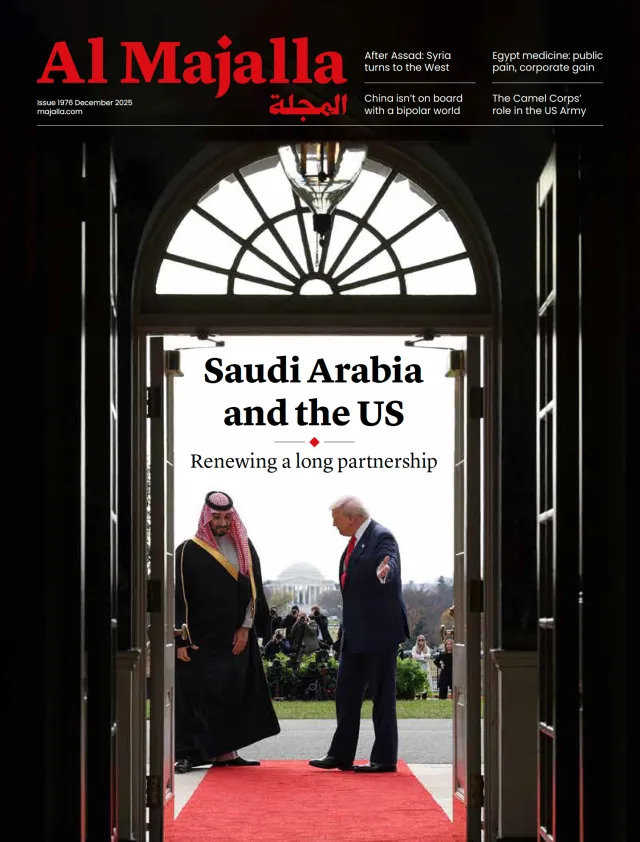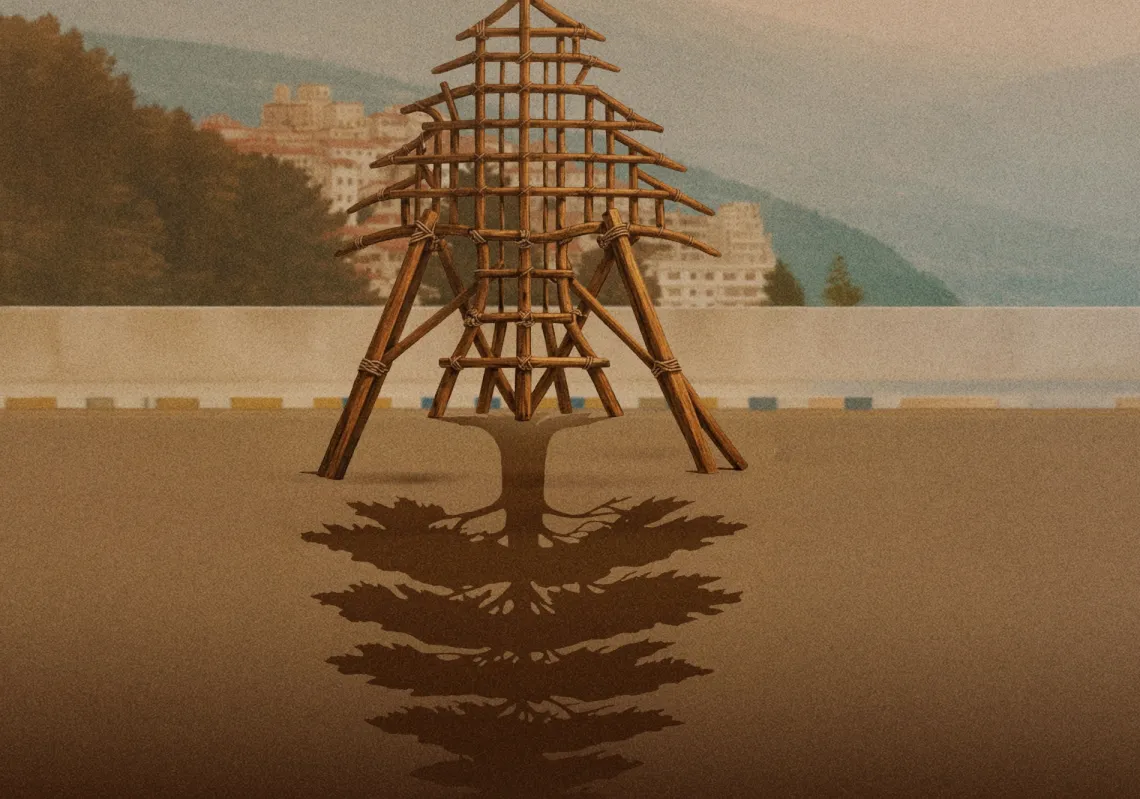 [/caption]
[/caption]
Deep in the heart of Cairo's Heliopolis, an old colonial suburb of sugar loaf domes and neo-Arabian town houses, is an oasis of calm inhabited only by the dead..
"Here lies H.E Fisher, former private in the East Kent Regiment." He died on June 14, 1943, at the age of 29. In the row behind lies the body of lance corporal R. Belshaw. A member of the Royal Army Pay Corps – the unit devoted to administering army wages – he died just 11 days earlier in his thirtieth year.
“To all the world just a man,” reads the inscription on his bone-white tomb. “To me all the world.”
All in all there are 1,830 bodies lying beneath the clipped, green turf of the Heliopolis War Cemetery – the vast majority killed by illness or accidents, according to a regional manager for the Commonwealth War Graves Commission, Andrew Fretwell.
Most were British – 1,092 in total. But among them are hundreds of others, including 226 South Africans, 138 New Zealanders and 30 Frenchmen.
There are curiosities to be discovered too. Amid this sea of memorial stone lies the body of one Chinese man – a recruit from the furthest redoubt of Britain’s Empire in Hong Kong perhaps.
And then there is the plot of a lone Italian. A defector, maybe, who turned his back on Mussolini and signed up with the Allies in Egypt.
If so he emerged on the right side of history – not that many Egyptians saw it like that at the time. By 1941, around 140,000 troops from every corner of the British Commonwealth had descended on Cairo in a bid to stop the Suez Canal falling into Nazi hands.
Some found the titanic struggle between Germany and the Allies mildy amusing. According to Max Rodenbeck’s sweeping history of Cairo, tea-swigging Egyptians in Downtown cafes delighted in taking punts on who would emerge triumphant: Hitler’s moustache or Churchill’s cigar.
Many, however, felt far less accommodating. In February 1942, demonstrators who had tired of their old colonial overlord took to the streets shouting “Forward Rommel; Long Live Rommel” – a reference to the so called ‘Desert Fox’ of Nazi Germany, who at that time was advancing towards El Alamein with Cairo firmly in his sights.
So one wonders how the average Cairene feels about the Heliopolis War Cemetary - an enormous, evergreen memorial to Britian’s imperial past.
According to Abdel Nasser, a 44-year-old gardener who has worked at the site for the past two years, there is none of the malice which led to the recent desecration of a Commonwealth war grave in Libya.
“The Egyptian people respect the dead,” said the father-of-four, who previously worked at the cemetery in El-Alamein before moving to Cairo. He added that the families living in the 11-storey tower blocks overlooking the site probably didn’t understand what the area was for. “They don’t know about the history,” he said.
But they have their own history to grapple with. Last month marked the first anniversary of Egypt’s unprecedented uprising – a golden opportunity, according to the script at least, for the Egyptian people to finally take ownership of their future.
Although there will be another commemoration this year – the 70th anniversary of the Battle of El-Alamein – it will probably not be accorded the same degree of reverence here in Egypt as it will in Britain and her former colonies.








